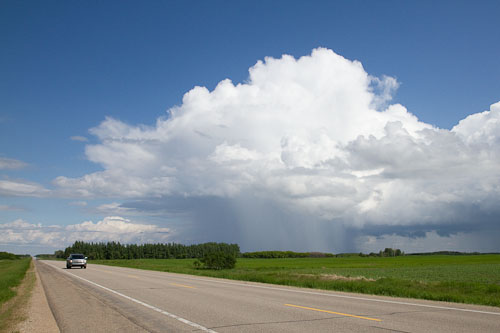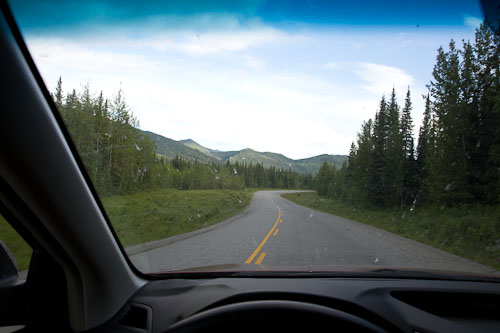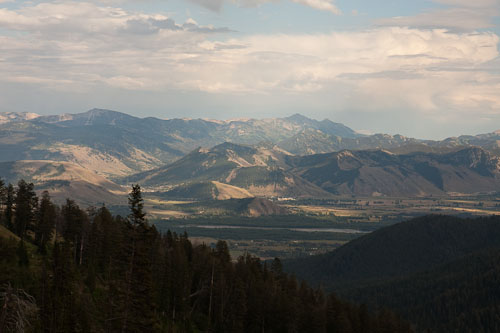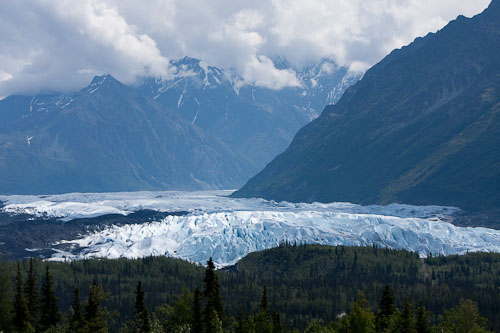Assumptions from a small sample and homogeneity
As I drive throughout the country, I can’t help but wonder how my perceptions of each state and province are being skewed by the small areas of my visits.
For example, I know how beautiful northern Minnesota can be, what with its many lakes, dense pine forests, and rugged terrain. However, if one’s sole exposure to Minnesota were to be running I-90 across the southern part of the state, one would conclude that it’s just one big farm field.
As a corollary, it’s amazing how similar many of the states and provinces look, at least when the sample size is limited.
Here’s a quiz: which state/province was the following photo taken in:
- Wisconsin
- Tennessee
- British Columbia
- Saskatchewan

Hard to tell, right? (Answers at the end.)
It isn’t just the plains. Mountains look similar, too. Match the following three photos to their respective states/provinces:
- British Columbia
- Wyoming
- Alaska
Photo 1:

Photo 2:

Photo 3:

Perhaps it’s simpler to notice the similarities than the differences. Perhaps I just have “mountain fatigue” or “plains fatigue” from seeing so much of each landscape. It all starts to blend together after a while.
For that reason, I’m looking forward to the changing of the seasons. The colors of the leaves, the crispness of the air, and the coming of the holidays will add a nice jolt of variety to the trip.
(Here are the answers: the first photo shows rural Saskatchewan, and the last three photos are shown in the order that the options are listed: the Alaska Highway near Muncho Lake in British Columia, Jackson Hole in Wyoming, and a glacier along the Glenn Highway in Alaska.)


Recent Comments